
At the 2024 Biennale Arte, a global stage where art transcends boundaries, there is sure to be one artwork that would have stood out for their profound impact and creative brilliance for every visitor. When we visited this year’s Biennale, it proved to be a testament to the power of art to challenge, inspire, and provoke thoughts and the pieces that moved us do just that, each in its own unique way.
From evocative installations that speak to the complexities of the human experience to striking visual narratives that address pressing global issues, our picks highlight the diversity and depth of contemporary art showcased at the exhibit. These are the pieces that not only moved us but also made us pause, reflect, and reconsider our perspectives on the world around us.
Whether through the bold use of color, the innovative use of materials, or the thought-provoking themes explored, the artworks captured our attention and left a lasting impression. Here’s some of what impressed, moved, or left us in awe and why they resonated with us among the myriad of extraordinary works on display.
Table of Contents
Gab : Salma Toor’s The Beating
Salman Toor’s painting “The Beating” (2019) is a powerful and evocative work that delves into themes of identity, vulnerability, and social alienation. The painting depicts a group of young men, one of whom is being physically assaulted by others. The scene is set in a dark, confined space, emphasizing a sense of entrapment and isolation. Toor’s use of muted colors and expressive brushstrokes conveys a haunting atmosphere, while the characters’ exaggerated features and poses add a surreal quality to the work.
The painting reflects Toor’s exploration of the experiences of marginalized individuals, particularly those from the LGBTQ+ community and South Asian diaspora, who often navigate spaces of violence, prejudice, and misunderstanding. “The Beating” speaks to the pain of exclusion and the harsh realities faced by those who are perceived as different or other. Through this work, Toor challenges the viewer to confront these uncomfortable truths and empathize with the vulnerability of his subjects.
About Salman Toor : Toor is a contemporary artist known for his evocative and intimate paintings that explore themes of identity, culture, and queerness. Born in Lahore, Pakistan, in 1983, Toor has lived and worked between Pakistan and the United States, experiences that significantly influence his work. He studied painting at Ohio Wesleyan University and later received his MFA from the Pratt Institute in Brooklyn, New York.
Venus : Bouchra Khalili The Constellations Series
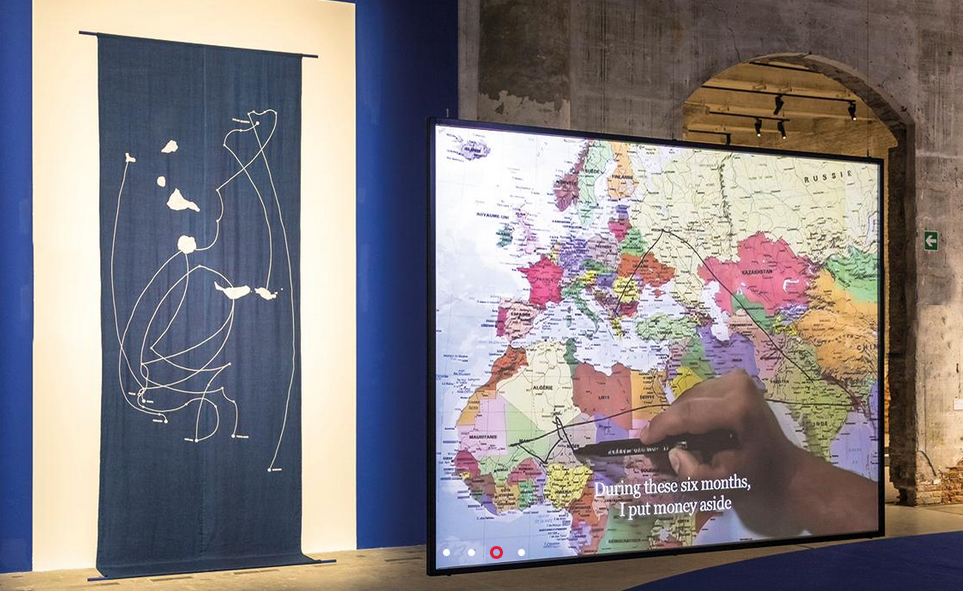
Bouchra Khalili’s “The Constellations Series” (2024) is a conceptual and thought-provoking body of work that continues her exploration of migration, displacement, and the intersection of personal and collective histories. In this series, Khalili uses the metaphor of constellations to map the journeys of migrants and refugees, drawing connections between their paths and the stars. The artwork often involves a combination of cartography, oral histories, and abstract visual representations, creating a complex narrative that challenges traditional notions of borders and national identity.
Khalili’s approach in “The Constellations Series” is to highlight the invisible networks and routes taken by those who are forced to traverse borders under duress. The series likely includes various mediums such as video, installation, and print, reflecting her interdisciplinary practice. By mapping these journeys as constellations, Khalili not only underscores the importance of each individual’s experience but also ties them to a broader, universal context, suggesting that these stories are interconnected and part of a larger, shared human experience. The work prompts viewers to rethink the concept of movement and belonging, encouraging a more compassionate and nuanced understanding of migration.
About Bouchra Khalili : A French-Moroccan artist whose work explores themes of migration, identity, and belonging. Using video, photography, and installations, Khalili often delves into the experiences of displaced people, with a particular focus on those navigating the complexities of borders and cultural divides. Her projects frequently highlight the voices of marginalized communities, seeking to challenge traditional notions of nationality and citizenship.
Charmaine : Bárbara Sánchez-Kane’s Pret-à-Patria

Bárbara Sánchez-Kane’s “Prêt-à-Patria” (2021) is a striking and politically charged collection that merges fashion with commentary on identity, nationalism, and gender. As a Mexican designer known for her avant-garde approach, Sánchez-Kane uses “Prêt-à-Patria” to challenge traditional notions of masculinity, patriotism, and cultural identity.
The title itself, “Prêt-à-Patria,” is a play on the fashion term “prêt-à-porter” (ready-to-wear) and the word “patria” (homeland), suggesting a critique of the ways in which national identity is often packaged and consumed. The collection features bold and unconventional designs that incorporate military-inspired elements, deconstructed uniforms, and symbols of national pride, such as flags and patriotic slogans, but these are often distorted or subverted to question their meanings.
Through this collection, Sánchez-Kane explores the pressures of conforming to rigid societal expectations, especially those related to gender and nationalism. Her use of exaggerated silhouettes, unexpected materials, and provocative imagery serves to disrupt the norms and create a dialogue about the complexities of personal and collective identity in contemporary society. “Prêt-à-Patria” is both a visual and conceptual exploration of the tensions between individuality and the collective identity imposed by the nation-state.
The most notable, perhaps most disturbing, piece on the display is the sculpture of three military figures that are unified by a golden flagpole that impaled each figure in and out of their mouths and asses. The figures are also dressed in Sánchez-Kane’s satirical costumes. An erect medal protruded from their groins, concluding in a makeup compact with Sánchez Kane’s logo, alluding to the pervasiveness of patriarchal, nationalistic speech that permeates everyone’s homes and brains like catalog items.The artist’s cast of her own face was used to create the golden faces of the impaled soldiers, a nod to the part we play in maintaining our authority figures…
“The surprise subversion of militant masculinity mixed with fragility and vulnerability gets to me.” -Charmaine
About Bárbara Sánchez-Kane : A Mexican artist known for her multidisciplinary approach that combines fashion, sculpture, and performance. Drawing from her background in design, Sánchez-Kane’s work interrogates themes of gender, power, and identity, often using materials such as fabric, leather, and metal to create provocative, sculptural pieces that challenge societal norms and conventions.
Gizelle: Dana Awartani’s Come, let me heal your wounds. Let me mend your broken bones

Dana Awartani’s work “Come, let me heal your wounds. Let me mend your broken bones” is an exquisite and profound piece that reflects on themes of healing, cultural heritage, and the resilience of the human spirit. Awartani, a Saudi-Palestinian artist known for her meticulous work that often intersects with traditional Islamic art forms, has created a piece that is both deeply personal and universally resonant.
The artwork consists of intricate patterns and designs that are inspired by Islamic geometric art, which Awartani often employs in her work to convey a sense of order, beauty, and spirituality. In this piece, the act of healing is represented through the careful and deliberate mending of these patterns, which might have been broken, fractured, or disrupted in some way.
The title, “Come, let me heal your wounds. Let me mend your broken bones,” suggests a nurturing and compassionate gesture. The work can be seen as a metaphor for the restoration of cultural identity, the preservation of tradition, and the reconciliation of past traumas—whether personal, collective, or both. The process of creating this piece likely involved painstaking attention to detail, reflecting the artist’s reverence for traditional craftsmanship and the symbolic act of healing.
About Dana Awartani : A Palestinian-Saudi artist whose practice explores the intersection of tradition and contemporary art. Working primarily with intricate patterns, geometry, and the craftsmanship of Islamic art, Awartani incorporates traditional techniques such as Islamic calligraphy, embroidery, and ceramics to address themes of cultural heritage, spirituality, and the impact of globalization on identity.
What could you have picked from this year’s Biennale? Comment below!

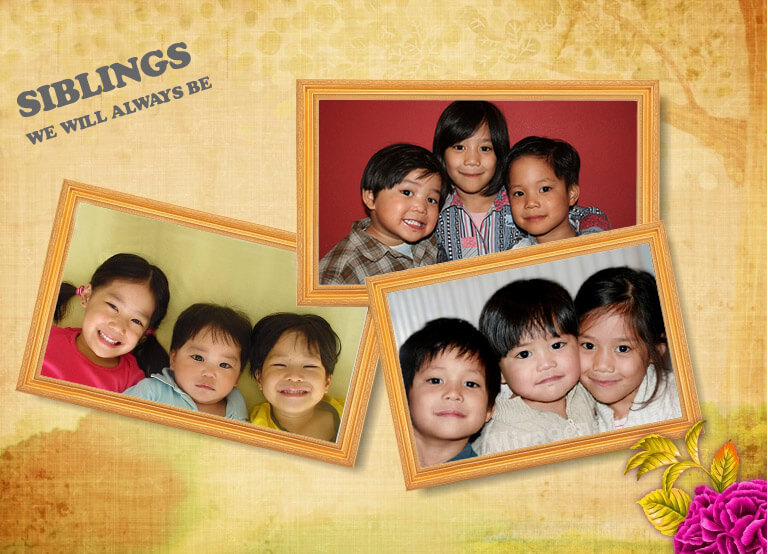

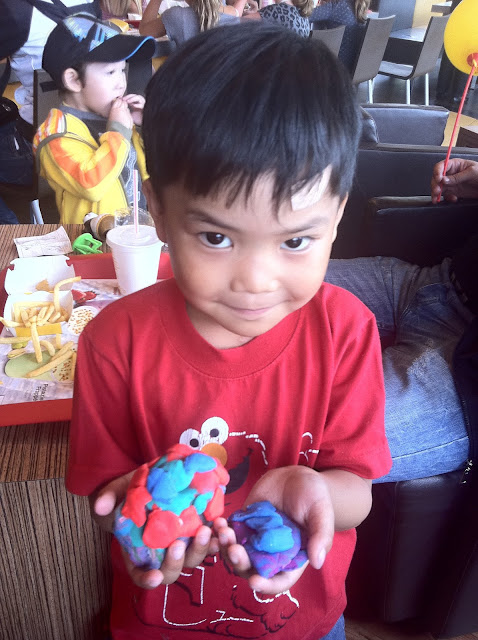
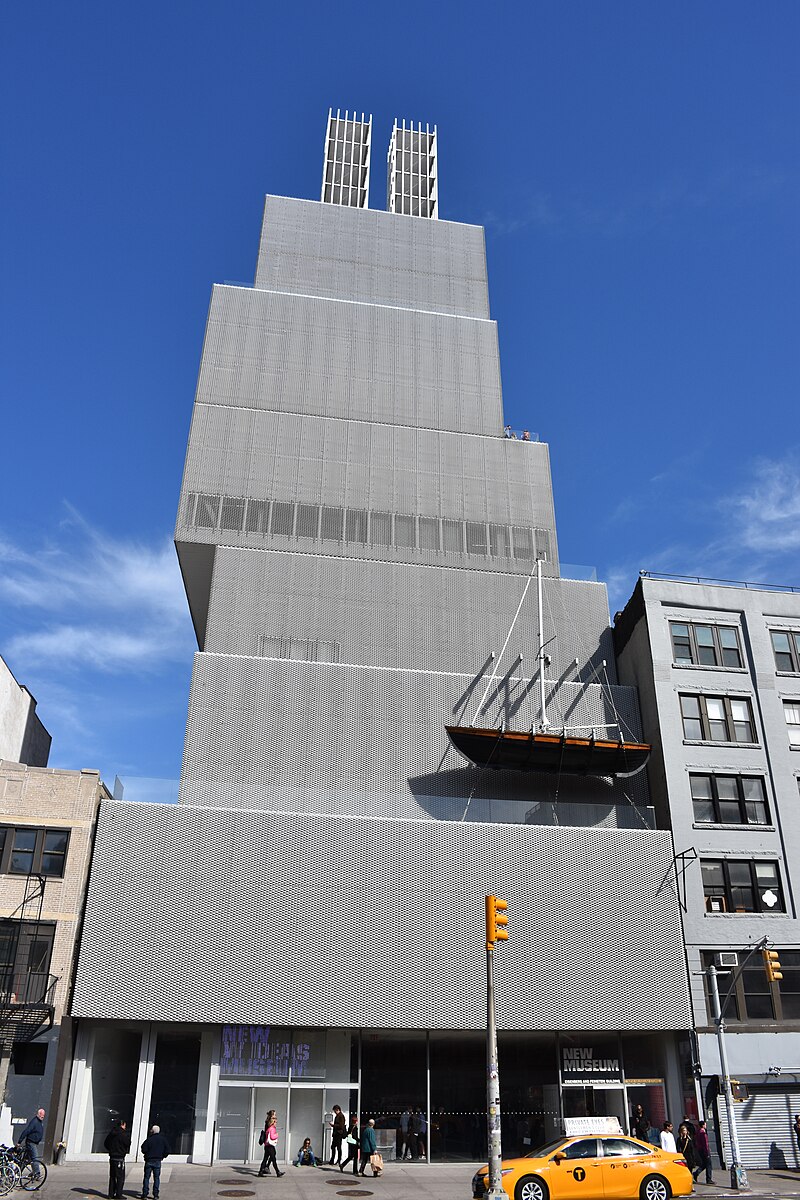


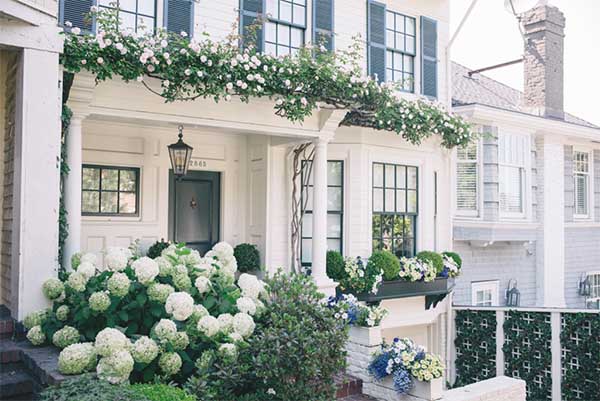
These are quite interesting pieces. I would probably be in awe of every artwork there is. Thanks for sharing your picks!
Beautiful, I also like the last pick, it’s colorful but also very meaningful!